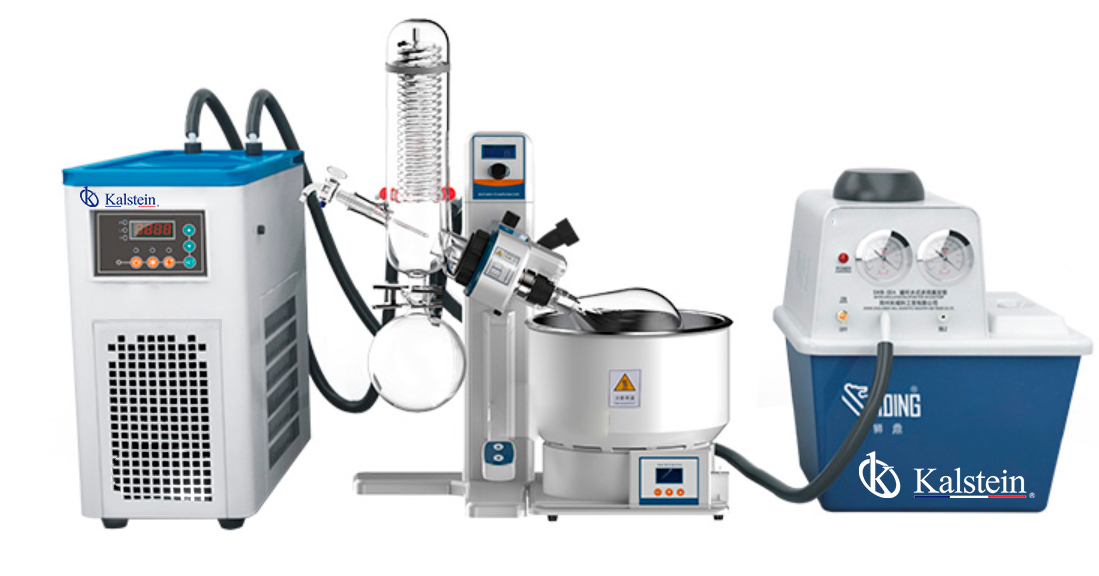Rotary evaporators are an essential part of laboratory equipment, and their proper maintenance is crucial to ensure optimal operation and extend their life.
It is a device used to remove solvents from mixtures by evaporation. A boiling V-shaped flask with a capacitor above is used. A vacuum is created in the flask which causes the liquid to boil at a lower temperature. This allows the solvent to be withdrawn without damaging the other ingredients in the mixture.
They are used to remove solvents from a variety of mixtures, including:
Pharmaceutical drug solutions
Chemical Solutions
Food Ingredient Solutions
Biological samples
Mixtures of gases
Tips for Maintaining the Rotary Evaporator
The main advantage of using a rotary evaporator is that it is much more efficient than other solvent removal methods, such as distillation. Here are some tips to keep your rotary evaporator in good condition.
Regularly inspect your equipment and inspect handles, pins, gaskets and other parts for any signs of wear or damage. If a problem is found, replace the damaged parts immediately.
Make sure the cover is tight and does not leak. This will help maintain the vacuum and prevent impurities from entering the system.
Lubricate joints and articulated movements with an appropriate lubricant. This will help reduce wear and clogging of moving parts.
Do not use oWD-40 mineral oils as these may damage the joints and other parts.
Keep the equipment clean, especially the container cover and pump gasket. Dirty or damaged gasket can cause leaks.
Periodically inspect the rotary evaporator hoses and valves and replace them if they are damaged or leaking.
If not used regularly, full maintenance should be performed every 6 months. This will include thorough cleaning, overhaul of moving parts and replacement of joints, hoses and valves.
Main components
The main components of a rotary evaporator are: a heating bath that can be filled with water or oil. A rotating flask containing the sample filled with solvent. A condenser that cools the evaporative solvent. Vacuum system that controls the pressure inside the flask. Receptor flask collecting distilled solvent.
Rotary evaporators are used in a variety of environments, including academic, industrial and pharmaceutical laboratories.
Here are some tips on how to use a rotary evaporator:
Make sure all connections are secure before starting the engine.
Slowly increase the rotation speed and heating temperature.
When the desired amount of solvent has been removed, turn off the power and allow the rotary evaporator to cool before disassembling.
Use a drip tray to collect any solvent that may leak from the condenser or the receptor flask.
Clean all parts with distilled water or solvent-specific cleaners.
Rotary evaporators are a versatile tool that can be used for a variety of applications. By following these tips, you can make sure that your rotary evaporator is used safely and effectively.
Kalstein Rotary Evaporator
At Kalstein we offer you the best laboratory equipment on the market to meet the demands of our customers. We have the YR series Rotary Evaporator with cutting-edge technology. Teflon discharge valve is corrosion resistant and pollution free. Water bath jacket that protects the operator from hot liquid burns. For more information, we at Kalstein can offer you ideal material, and for this we invite you to review our catalog HERE
We are manufacturers and we have the best advice, so that your purchase is the ideal and at favorable prices HERE




